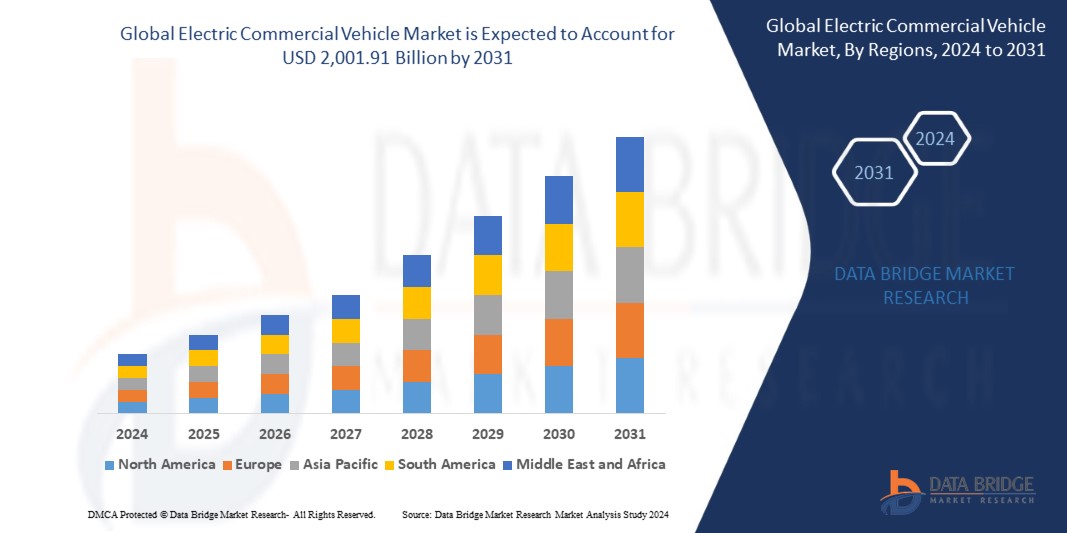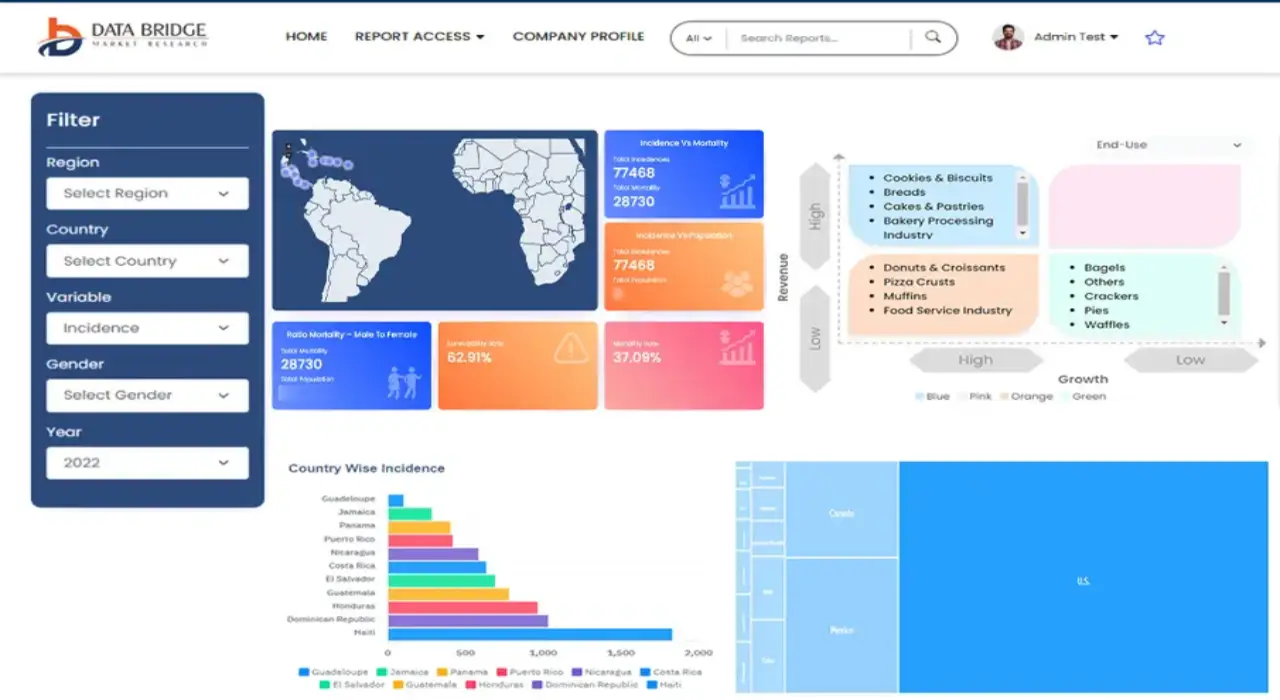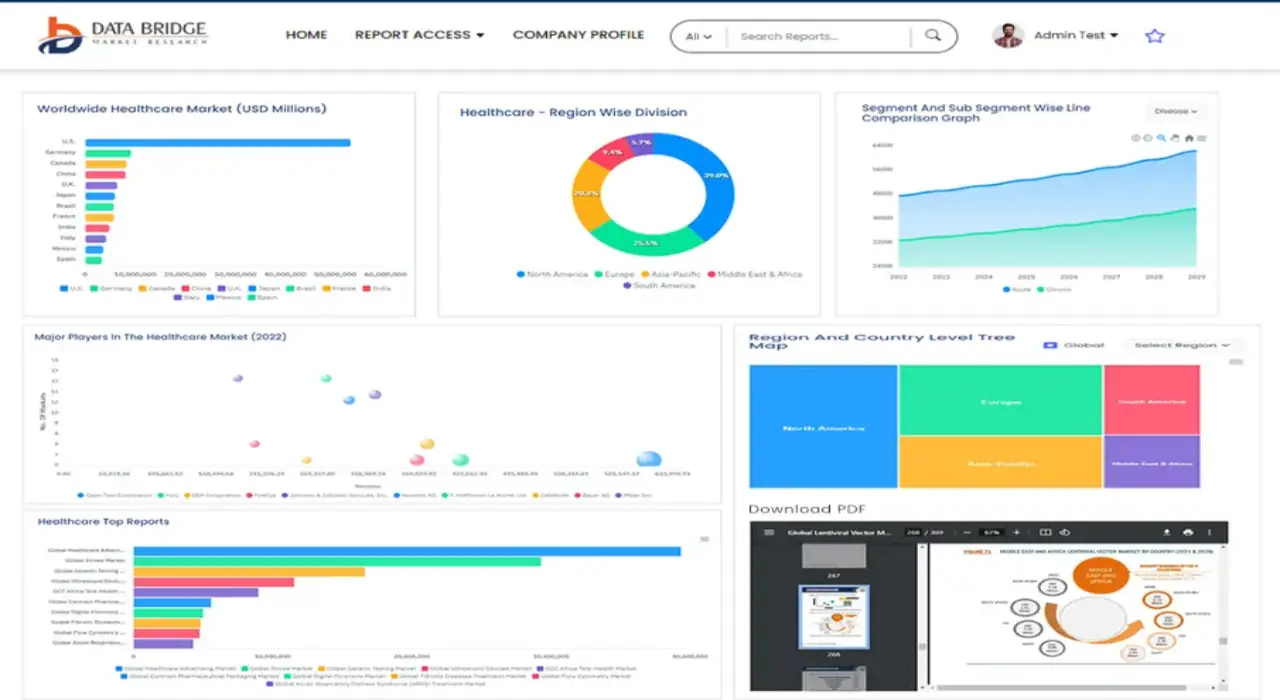Global Electric Commercial Vehicle Market
Tamanho do mercado em biliões de dólares
CAGR :
% 
 USD
132.97 Billion
USD
2,001.91 Billion
2023
2031
USD
132.97 Billion
USD
2,001.91 Billion
2023
2031
| 2024 –2031 | |
| USD 132.97 Billion | |
| USD 2,001.91 Billion | |
|
|
|
>Global Electric Commercial Vehicle Market, By Propulsion (Battery Electric Vehicle, Hybrid Electric Vehicle, Plug-in Hybrid Electric Vehicle. and Fuel Cell Electric Vehicle), Vehicle (Bus, Trucks, Pick-up Trucks and Van), Range (0-150 Miles, 151-250 Miles, 251-500 Miles, and 500 Miles and Above), Component (Electric Motor, EV Battery, and Hydrogen Fuel Cell) - Industry Trends and Forecast to 2031.
Electric Commercial Vehicle Market Analysis and Size
In the electric commercial vehicle market, the rapid advancement of technology has led to significant benefits. With innovative features such as increased range, faster charging, and improved efficiency, electric vehicles offer reduced operational costs and environmental impact. This progress drives adoption, fostering sustainability and economic viability in transportation sectors worldwide.
Data Bridge Market Research analyses that the global electric commercial vehicle market size was valued at USD 132.97 billion in 2023, is projected to reach USD 2,001.91 billion by 2031, with a CAGR of 40.35% during the forecast period 2024 to 2031. In addition to the market insights such as market value, growth rate, market segments, geographical coverage, market players, and market scenario, the market report curated by the Data Bridge Market Research team includes in-depth expert analysis, import/export analysis, pricing analysis, production consumption analysis, and pestle analysis.
Report Scope and Market Segmentation
|
Report Metric |
Details |
|
Forecast Period |
2024 to 2031 |
|
Base Year |
2023 |
|
Historic Years |
2022 (Customizable to 2016 - 2021) |
|
Quantitative Units |
Revenue in USD Billion, Volumes in Units, Pricing in USD |
|
Segments Covered |
Propulsion (Battery Electric Vehicle, Hybrid Electric Vehicle, Plug-in Hybrid Electric Vehicle, and Fuel Cell Electric Vehicle), Vehicle (Bus, Trucks, Pick-up Trucks, and Van), Range (0-150 Miles, 151-250 Miles, 251-500 Miles, and 500 Miles and Above), Component (Electric Motor, EV Battery, and Hydrogen Fuel Cell) |
|
Countries Covered |
U.S., Canada, Mexico, Germany, France, U.K., Netherlands, Switzerland, Belgium, Russia, Italy, Spain, Turkey, Rest of Europe, China, Japan, India, South Korea, Singapore, Malaysia, Australia, Thailand, Indonesia, Philippines, Rest of Asia-Pacific, Saudi Arabia, U.A.E., South Africa, Egypt, Israel, Rest of Middle East and Africa, Brazil, Argentina and Rest of South America |
|
Market Players Covered |
Ford Motor Company (U.S.), General Motors (U.S.), AUDI AG (Germany), Kia Motors Corporation (South Korea), Groupe Renault (France), Groupe PSA (France), SAIC Motor Corporation Limited (China), Tesla (U.S.), Daimler AG (Germany), BMW AG (Germany), Hyundai Motor Company (South Korea), BYD Company Ltd. (China), Continental AG (Germany), TOYOTA MOTOR CORPORATION (Japan), Nissan Motor Co., LTD. (Japan), Volkswagen AG (Germany), AB Volvo (Sweden), and Honda Motor Co., Ltd. (Japan) |
|
Market Opportunities |
|
Market Definition
Electric commercial vehicles, powered solely by electricity, are revolutionizing transportation. These eco-friendly alternatives to traditional fossil fuel-powered vehicles offer reduced emissions and lower operational costs. From delivery vans to buses, commercial EV are increasingly prevalent, contributing to a sustainable future by mitigating environmental impact while meeting the demands of modern transportation needs.
Electric Commercial Vehicle Market Dynamics
Drivers
- Rising Consumer Demand
Growing consumer consciousness regarding environmental concerns fosters demand for sustainable goods delivery, compelling businesses to invest in electric commercial fleets. For instance, a prominent online retailer has pledged to electrify its delivery van fleet in response to customer demands for eco-friendly shipping options. This shift aligns with consumer values and demonstrates the market's responsiveness to environmental sustainability, driving further adoption of electric vehicles in commercial logistics.
- Government Incentives and Subsidies
Governments worldwide provide incentives, subsidies, and tax breaks to promote electric commercial vehicle adoption. These measures aim to alleviate upfront business costs, making electric vehicles more financially attractive. Through easing financial barriers, governments accelerate the transition to electric vehicles, supporting sustainability objectives and stimulating economic growth within the electric commercial vehicle industry.
Opportunities
- Urbanization and Last-Mile Delivery Demand
The surge in e-commerce and urbanization has fueled the need for efficient last-mile delivery services. Electric vehicles are ideal for this task, offering low emissions, quiet operation, and maneuverability in congested urban areas. For instance, companies such as Amazon and UPS have been increasingly deploying electric delivery vans and bikes in dense urban centers to fulfill orders swiftly while minimizing environmental impact and noise pollution.
- Public Awareness and Acceptance
Growing public awareness of transportation's environmental impact and the advantages of electric vehicles fosters greater acceptance among consumers and businesses for commercial electric vehicles. Understanding their role in reducing emissions and improving sustainability drives the shift towards embracing electric options, shaping a more environmentally conscious transportation landscape.
Restraints/Challenges
- Insufficient EV charging infrastructure
The scarcity of charging infrastructure, especially for heavy-duty electric vehicles, hampers their deployment. Essential investment in fast-charging stations along major transport corridors and urban hubs is imperative to facilitate fleet operations, address range limitations, and promote widespread adoption of electric commercial vehicles.
- High Cost of Batteries
The formidable expense of batteries is a major hurdle for electric commercial vehicles (ECVs), affecting initial purchase prices and total ownership costs versus traditional counterparts. To boost market feasibility, reducing battery costs is crucial. This entails leveraging economies of scale and advancing battery production and efficiency technologies to make ECVs more competitive and attractive in the market.
This market report provides details of new recent developments, trade regulations, import-export analysis, production analysis, value chain optimization, market share, impact of domestic and localized market players, analyses opportunities in terms of emerging revenue pockets, changes in market regulations, strategic market growth analysis, market size, category market growths, application niches and dominance, product approvals, product launches, geographic expansions, technological innovations in the market. To gain more info on the market contact Data Bridge Market Research for an Analyst Brief, our team will help you take an informed market decision to achieve market growth.
Recent Development
- In June 2023, Volkswagen Commercial Vehicles commences autonomous driving tests using the all-electric Volkswagen ID. The program, initiated in Texas, USA, extends to European centers. The objective is to bolster commercially available transport services and expand the mobility portfolio of the Volkswagen Group
- In December 2022, Mercedes-Benz Vans, in collaboration with the Polish government and partners, unveiled plans for a new van production plant in Jawor, Poland. This facility, the first fully electric plant for Mercedes-Benz vans, aims to revolutionize electric vehicle manufacturing
- In December 2022, Mercedes-Benz and Rivian sign an MOU for a strategic partnership to jointly produce electric vans. The collaboration entails establishing a new joint venture manufacturing company in Central/Eastern Europe, leveraging an existing Mercedes-Benz site, to manufacture large electric vans for both brands
- In January 2022, AB Volvo launched an upgraded version of the Volvo VNR Electric. With an 85% increased range and quicker charging capabilities, this version exemplifies Volvo's commitment to advancing electric vehicle technology and sustainability in transportation
Electric Commercial Vehicle Market Scope
The market is segmented on the basis of propulsion, vehicle, range, and component. The growth amongst these segments will help you analyse meagre growth segments in the industries and provide the users with a valuable market overview and market insights to help them make strategic decisions for identifying core market applications.
Propulsion
- Battery Electric Vehicle
- Hybrid Electric Vehicle
- Plug-in Hybrid Electric Vehicle
- Fuel Cell Electric Vehicle
Vehicle
- Bus
- Trucks
- Pick-up Trucks
- Van
Range
- 0-150 Miles
- 151-250 Miles
- 251-500 Miles
- 500 Miles and Above
Component
- Electric Motor
- EV Battery
- Hydrogen Fuel Cell
Electric Commercial Vehicle Market Regional Analysis/Insights
The market is analysed and market size insights and trends are provided, propulsion, vehicle, range, and component as referenced above.
The countries covered in the market report are U.S., Canada, Mexico, Germany, France, U.K., Netherlands, Switzerland, Belgium, Russia, Italy, Spain, Turkey, Rest of Europe, China, Japan, India, South Korea, Singapore, Malaysia, Australia, Thailand, Indonesia, Philippines, Rest of Asia-Pacific, Saudi Arabia, U.A.E., South Africa, Egypt, Israel, Rest of Middle East and Africa, Brazil, Argentina and Rest of South America.
North America is expected to dominate the electric commercial vehicle market due to advanced technology adoption and increasing research and development activities. This trend positions the region at the forefront of electric mobility advancements, driving innovation and market leadership.
Asia-Pacific is expected to witness significant growth in the electric commercial vehicle market during the forecast period. This is attributed to prevalent government subsidies incentivizing adoption, particularly in the region, fostering a conducive environment for market expansion.
The country section of the report also provides individual market impacting factors and changes in regulation in the market domestically that impacts the current and future trends of the market. Data points like down-stream and upstream value chain analysis, technical trends and porter's five forces analysis, case studies are some of the pointers used to forecast the market scenario for individual countries. Also, the presence and availability of global brands and their challenges faced due to large or scarce competition from local and domestic brands, impact of domestic tariffs and trade routes are considered while providing forecast analysis of the country data.
Competitive Landscape and Electric Commercial Vehicle Market Share Analysis
The market competitive landscape provides details by competitor. Details included are company overview, company financials, revenue generated, market potential, investment in research and development, new market initiatives, global presence, production sites and facilities, production capacities, company strengths and weaknesses, product launch, product width and breadth, application dominance. The above data points provided are only related to the companies' focus related to the market.
Some of the major players operating in the market are:
- Ford Motor Company (U.S.)
- General Motors (U.S.)
- AUDI AG (Germany)
- Kia Motors Corporation (South Korea)
- Groupe Renault (France)
- Groupe PSA (France)
- SAIC Motor Corporation Limited (China)
- Tesla (U.S.)
- Daimler AG (Germany)
- BMW AG (Germany)
- Hyundai Motor Company (South Korea)
- BYD Company Ltd. (China)
- Continental AG (Germany)
- TOYOTA MOTOR CORPORATION (Japan)
- Nissan Motor Co., LTD. (Japan)
- Volkswagen AG (Germany)
- AB Volvo (Sweden)
- Honda Motor Co., Ltd. (Japan)
SKU-
Obtenha acesso online ao relatório sobre a primeira nuvem de inteligência de mercado do mundo
- Painel interativo de análise de dados
- Painel de análise da empresa para oportunidades de elevado potencial de crescimento
- Acesso de analista de pesquisa para personalização e customização. consultas
- Análise da concorrência com painel interativo
- Últimas notícias, atualizações e atualizações Análise de tendências
- Aproveite o poder da análise de benchmark para um rastreio abrangente da concorrência
Metodologia de Investigação
A recolha de dados e a análise do ano base são feitas através de módulos de recolha de dados com amostras grandes. A etapa inclui a obtenção de informações de mercado ou dados relacionados através de diversas fontes e estratégias. Inclui examinar e planear antecipadamente todos os dados adquiridos no passado. Da mesma forma, envolve o exame de inconsistências de informação observadas em diferentes fontes de informação. Os dados de mercado são analisados e estimados utilizando modelos estatísticos e coerentes de mercado. Além disso, a análise da quota de mercado e a análise das principais tendências são os principais fatores de sucesso no relatório de mercado. Para saber mais, solicite uma chamada de analista ou abra a sua consulta.
A principal metodologia de investigação utilizada pela equipa de investigação do DBMR é a triangulação de dados que envolve a mineração de dados, a análise do impacto das variáveis de dados no mercado e a validação primária (especialista do setor). Os modelos de dados incluem grelha de posicionamento de fornecedores, análise da linha de tempo do mercado, visão geral e guia de mercado, grelha de posicionamento da empresa, análise de patentes, análise de preços, análise da quota de mercado da empresa, normas de medição, análise global versus regional e de participação dos fornecedores. Para saber mais sobre a metodologia de investigação, faça uma consulta para falar com os nossos especialistas do setor.
Personalização disponível
A Data Bridge Market Research é líder em investigação formativa avançada. Orgulhamo-nos de servir os nossos clientes novos e existentes com dados e análises que correspondem e atendem aos seus objetivos. O relatório pode ser personalizado para incluir análise de tendências de preços de marcas-alvo, compreensão do mercado para países adicionais (solicite a lista de países), dados de resultados de ensaios clínicos, revisão de literatura, mercado remodelado e análise de base de produtos . A análise de mercado dos concorrentes-alvo pode ser analisada desde análises baseadas em tecnologia até estratégias de carteira de mercado. Podemos adicionar quantos concorrentes necessitar de dados no formato e estilo de dados que procura. A nossa equipa de analistas também pode fornecer dados em tabelas dinâmicas de ficheiros Excel em bruto (livro de factos) ou pode ajudá-lo a criar apresentações a partir dos conjuntos de dados disponíveis no relatório.















